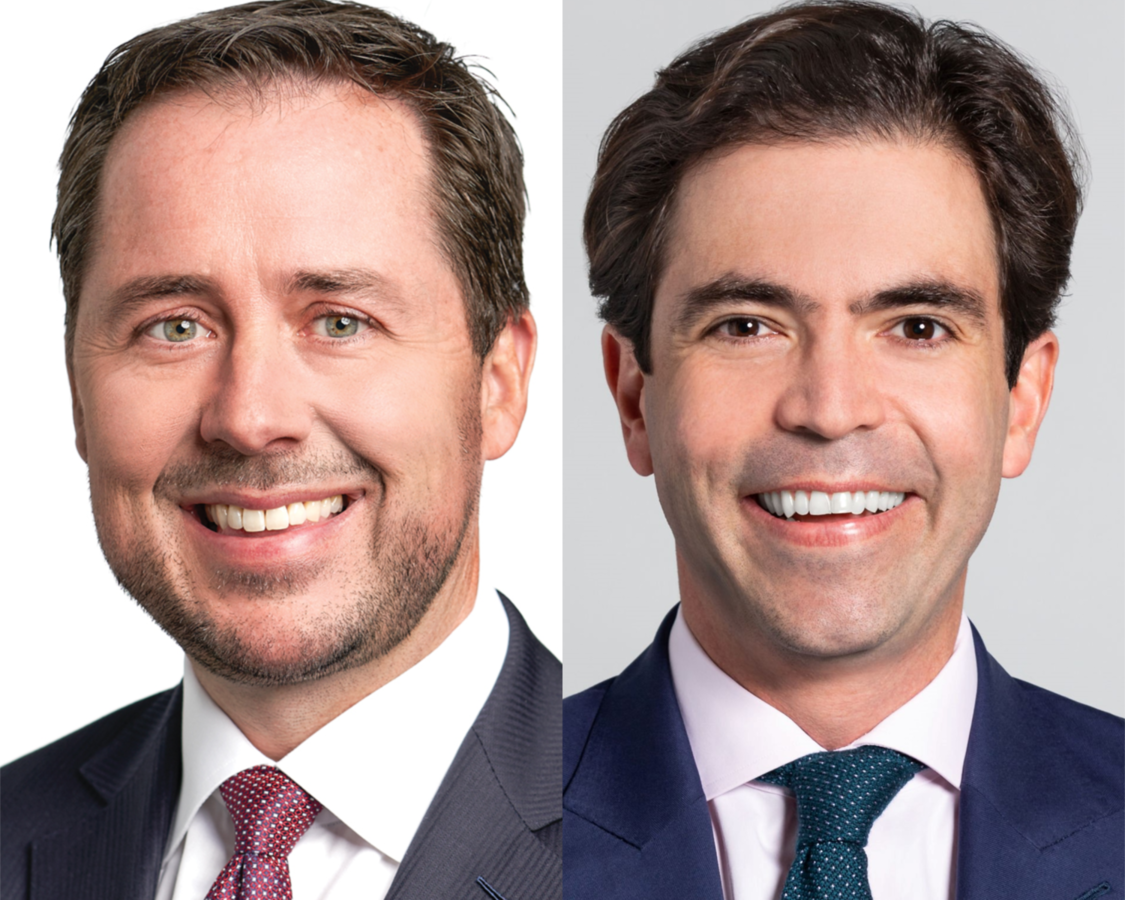After five iterations, specialized asset manager Blue Owl is in the process of raising capital for its sixth GP Stakes fund. This strategy aims to cover the spectrum of alternative assets by investing in a variety of prominent specialized fund managers. As part of its commercial push, the firm is focusing intently on Latin America, targeting institutional investors in the region.
“This is a very unique way to invest in private markets,” says Michael Rees, Co-President of Blue Owl, in an interview with Funds Society. From the institutional investor’s perspective, Rees highlights three key pillars of the strategy’s appeal: an “extremely” diversified portfolio, capital efficiency, and cash flows.
Sources familiar with the process reveal that GP Stakes VI is targeting $13 billion in capital. The fundraising process is approximately halfway through, with expectations that the fund will close during 2025.
Rees confirms that the strategy will begin deploying capital in early 2025. “We’ve already raised significant capital, so we can start deploying it as soon as possible,” he explains.
Latin America Roadshow
The firm’s commercial effort in Latin America has included multiple visits to the region in recent months. “We have a strong focus on Mexico, but also on Chile and Colombia,” says Philippe Stiernon, CEO and Managing Partner of Roam Capital, the firm distributing Blue Owl’s products in the region.
In 2024, Blue Owl made two trips to Mexico—in March and November—to participate in the Encuentro Amafore, one of the key events for the pension fund industry (Afores). Additionally, the firm visited Chile and Colombia during the second week of January.
“We’re very excited about this,” says Rees. “Throughout 2025, we’ll conduct more roadshows and ensure we’re accessible to our clients,” he adds.
According to Rees, there are two types of investors who will find the fund particularly attractive. On the one hand, there are clients with well-established private markets portfolios seeking a product that generates alpha and outperforms the industry. On the other hand, there are investors just beginning to explore private assets who are looking for broad exposure through a single structure.
Stiernon explains that the institutional markets in Chile and Colombia align more with the first type of investor, while Mexico falls closer to the second. Although the Afores are not new to alternative investments, their growth has been more recent. “Many Afores are gaining momentum, with positioning limits increasing. That opens up opportunities for some institutions there to make significant moves into private markets,” Rees adds.
Even in jurisdictions with pension reform challenges—such as Colombia, Peru, and potentially Chile—the executives see room for interest. “Even in countries facing regulatory challenges, this product works seamlessly. It’s truly an all-weather product,” says Stiernon.
The GP Stakes Formula
The sixth fund in the series, like its predecessors, will span all major categories of alternative assets. Its portfolio is expected to follow the same pattern as earlier versions, reflecting the broader industry.
Rees anticipates the fund will invest approximately 60% in buyout managers, with the remaining 40% split across growth capital, venture capital, infrastructure, private credit, and real estate.
This diversification is at the core of GP Stakes VI’s pitch. Rees emphasizes that the fund isn’t just diversified by the underlying assets of the managers it invests in or by GP but also by geography and vintage year.
“When we invest in a GP, our clients gain exposure to their older funds, which are still active, and also to the funds they’re likely to launch in three, five, or ten years,” Rees explains.
Another critical component is the fund’s cash flow. GP Stakes, Rees notes, is a “yield strategy” that generates returns without needing to sell its stakes in alternative managers since it invests in profitable firms. “As we invest, we’re generating cash flow and yield almost immediately. So, while you’re putting money to work, you’re also taking money out,” he says.
The Profile of GPs
As for the type of asset managers Blue Owl targets, Rees stresses that the strategy seeks industry leaders with decades-long operational horizons. “We’re looking for private market firms that are building valuable franchises we can hold a stake in for a very long time,” he explains.
While the selection of GPs serves the fund’s diversification goals, Rees says the analysis process is entirely bottom-up. The priority is determining whether the manager ranks among the best in its category. “When you think about the top 100 or 200 GPs in the industry, that’s our fishing pool,” he notes, adding that “there are real benefits to being big in today’s market.”
Size, according to Rees, filters access to the client segments driving growth. “The new capital isn’t coming from U.S. state pension funds like it did a decade ago. It’s coming from the wealth channel and geographies that are increasing their positioning,” he says, citing Mexico, Australia, the Middle East, and Asia.
“If you’re a small firm and rank 5,000th in the industry, you won’t have access to those types of clients. That’s why we’re seeing this growth phase favor the larger, branded firms,” he concludes.




